The Future of Southeast Asian Real Estate: Emerging Trends of the Real Estate Market of Southeast Asia
Southeast Asia has become a popular destination for people looking for lively, reasonably priced, and culturally diverse travel destinations, as well as real estate investors. The nations in this area provide a wide variety of opportunities and attractions because of their breathtaking natural settings, rich cultural histories, and flourishing economies.
Due to its unique combination of dynamic cultures, breathtaking natural beauty, and promising economic growth, Southeast Asia has become a popular destination for both residents and real estate investors. Diverse real estate opportunities, ranging from opulent beachfront villas to vibrant urban developments, are attracting attention in countries such as Thailand, Malaysia, Indonesia, Vietnam, and the Philippines. For instance, there is a boom of condominium developments in Philippine cities like Manila and Cebu, which provide opulent living areas in desirable areas. Renowned for its dynamic community and rich past. Condo in Las Pinas is also emerging as a popular destination for investments, providing residents with a contemporary and easy-to-live lifestyle amidst a busy cityscape.
Southeast Asia has a booming tourism sector that brings in millions of tourists annually. The demand for short-term rental properties has increased as a result, especially in well-known travel locations like Bali, Phuket, and Siem Reap. Due to their attractive rental yields and potential for capital growth, vacation rental properties are becoming increasingly popular among investors.
How Condos are Transforming in the Urban Landscape
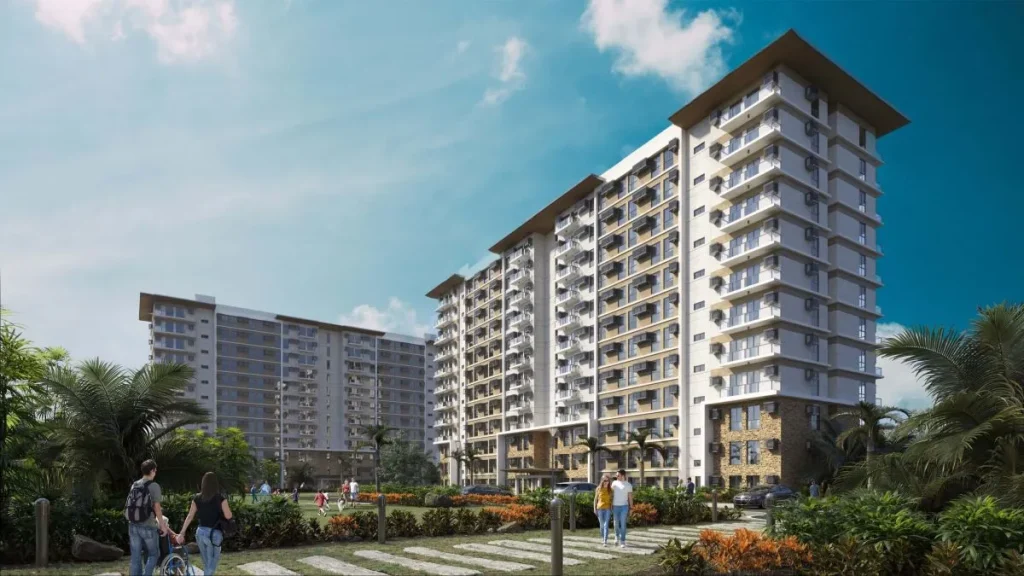
Condos are undergoing a transformative evolution in the urban landscape, reshaping skylines and cityscapes across the globe. Gone are the days of cookie-cutter designs; today’s condominium developments are embracing innovation, sustainability, and community integration. Architects and developers are reimagining urban living spaces to prioritize functionality, aesthetics, and environmental consciousness. From sleek high-rises adorned with vertical gardens to mixed-use developments combining residential units with retail and green spaces, condos are becoming vibrant hubs of activity and connectivity.
Modern amenities such as smart home technology, communal gathering areas, and wellness facilities are redefining the concept of urban living. With their ability to provide residents with a dynamic and sustainable lifestyle right in the middle of busy metropolises, condos are at the forefront of reshaping urban living as cities continue to grow and consolidate.
Eco-Friendly Features Attract Investors and Residents in Southeast Asia
Eco-friendly features are starting to draw more attention from both residents and investors. Properties with sustainable features like solar panels, rainwater harvesting systems, and energy-efficient appliances are in high demand due to the growing awareness of environmental issues. These environmentally friendly facilities not only lessen their impact on the environment but also save money over time on utility bills, which makes them a desirable investment for both individuals and companies that care about the environment.

Southeast Asia has a booming tourism sector that brings in millions of tourists annually. The demand for short-term rental properties has increased as a result, especially in well-known travel locations like Bali, Phuket, and Siem Reap. Due to their attractive rental yields and potential for capital growth, vacation rental properties are becoming increasingly popular among investors.
A unique lifestyle that blends traditional and modern aspects can be found in Southeast Asia. The area has something to offer everyone, from the calm beaches of Bali to the busy streets of Bangkok. Southeast Asia offers a diverse array of real estate options to accommodate every preference and financial capacity, regardless of your preference for beachfront villas, urban apartments, or rural getaways.
Unique Residential Options in Southeast Asia
A diverse range of unique living experiences can be found in the region, ranging from extravagant beachfront villas situated along exquisite coastlines to tranquil mountain retreats providing peace and stunning views. Southeast Asia is home to modern housing concepts like eco-friendly communities, floating villages, and treehouse resorts that blend in with the surrounding landscape in addition to traditional single-family homes and condominiums.
Southeast Asian cities are home to dynamic neighborhoods with a variety of housing options, such as modern loft apartments in redeveloped industrial areas and shophouses that combine residential and commercial space. Southeast Asia provides people with unmatched opportunity to embrace a variety of living arrangements that reflect their individual tastes and aspirations due to its rich tapestry of cultural influences and architectural styles.
Rising Middle Class in Southeast Asia
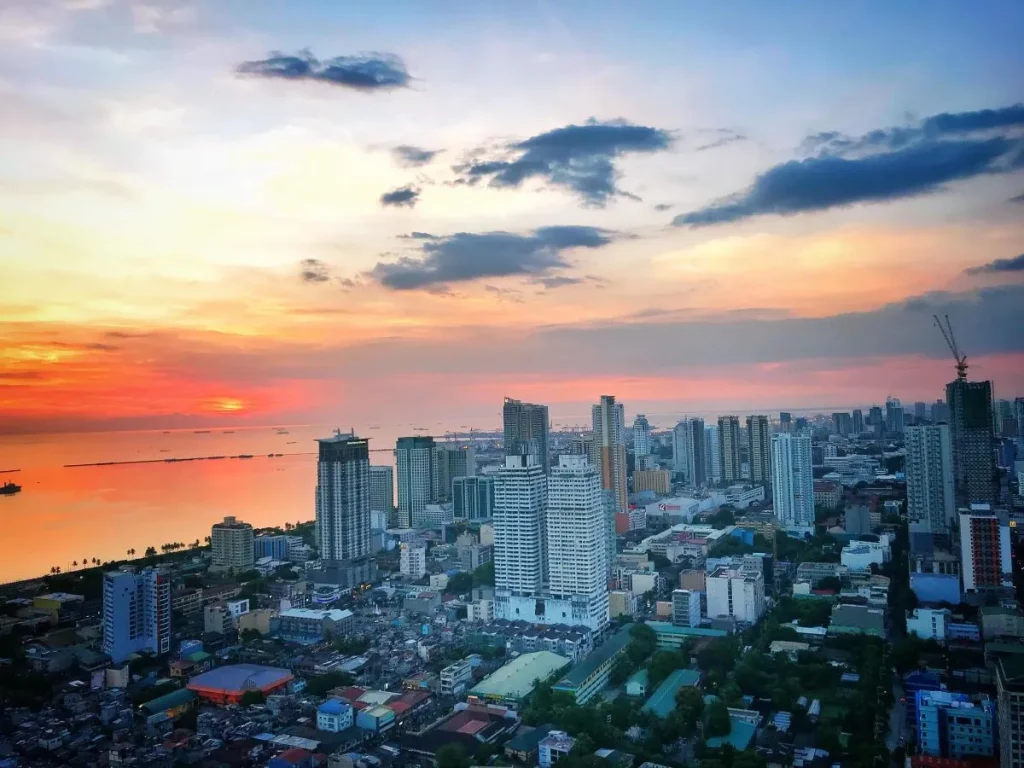
The demand for residential properties that meet the needs and lifestyles of this growing demographic is rising as incomes rise and urbanization picks up speed. More and more middle-class families are looking for homes with contemporary features, easy access to major cities, and good schools and medical facilities. Due to this demand, integrated townships, gated communities, and mixed-use projects that provide a full range of living options are being developed.
The growing middle class is also contributing to the demand for commercial real estate, especially in the retail and office sectors where one of the business activity and consumer spending are both part of the rise. With their eyes on these changing demographics, investors and developers are positioning themselves to take advantage of the opportunities brought about by Southeast Asia’s dynamic real estate market’s growing middle-class segment.
The Impact of Tourism on Southeast Asia’s Real Estate Market
Driven by factors like increased incomes, better connectivity, and the attraction in a variety of natural and cultural attractions, tourism is still growing throughout the region and has a big impact on the dynamics of the real estate market. Increased investment in hotels, resorts, and short-term rental properties in well-known tourist destinations is often the result of an influx of tourists driving demand for lodging options. To meet the demands of tourists, there is also an increase in demand for commercial real estate, such as retail stores and entertainment venues.
International investors may become more interested in properties in desirable locations as a result of the influx of foreign visitors, which could lead to increased competition and property price growth. But this increase in demand may also bring about problems like overdevelopment, environmental issues, and sociocultural effects, so stakeholders will need to find a way to balance the expansion of tourism with the development of sustainable real estate.
Southeast Asia’s quality of life makes it a desirable destination for real estate investment
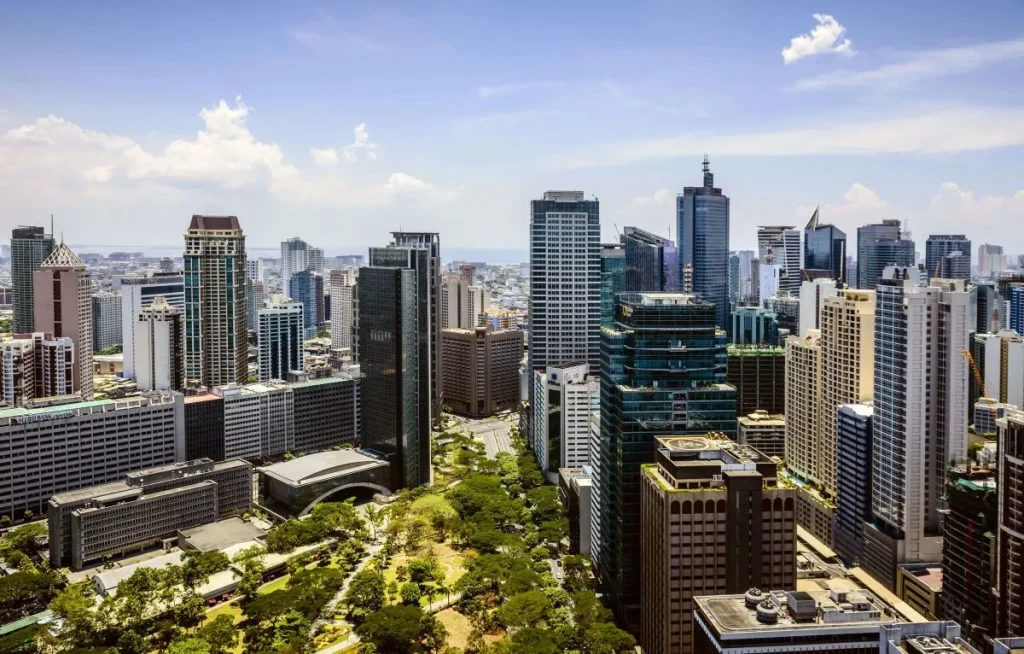
- Growth and Stability in the Economy:
Southeast Asia’s economies are among the fastest-growing in the world, thanks to a young labor force, rising urbanization, and policies aimed at luring in foreign capital. Attractive locations for real estate investment are nations with notable GDP growth rates, such as the Philippines and Vietnam. Southeast Asia is a promising region for long-term real estate investments due to its economic stability and growth potential. - Reasonably priced real estate:
Southeast Asia has reasonably priced real estate when compared to many Western nations, which attracts both residents and investors. A wide range of property options, from luxurious condos to affordable apartments, are available at competitive prices in countries like Malaysia and Vietnam, appealing to a broad market of clients and homeowners. - Governmental Rewards to International Investors:
Numerous nations in Southeast Asia provide enticing incentives to foreign investors, including tax exemptions, residency permits, and lenient property ownership laws. Southeast Asia is a desirable location for real estate investment because of these benefits as well as the economic growth and potential for large returns in the area. - Standard of Living:
With a flawless fusion of cutting-edge conveniences and diverse cultural experiences, Southeast Asia is renowned for its excellent standard of living. Excellent infrastructure, healthcare, and education are available in nations like Singapore and Malaysia, which make them the perfect places for retirees and expatriates to live. The area is also a desirable place to call home because of its pleasant weather, stunning scenery, and extensive culinary environment.
Capitalizing on Infrastructure Boom with Strategic Investments
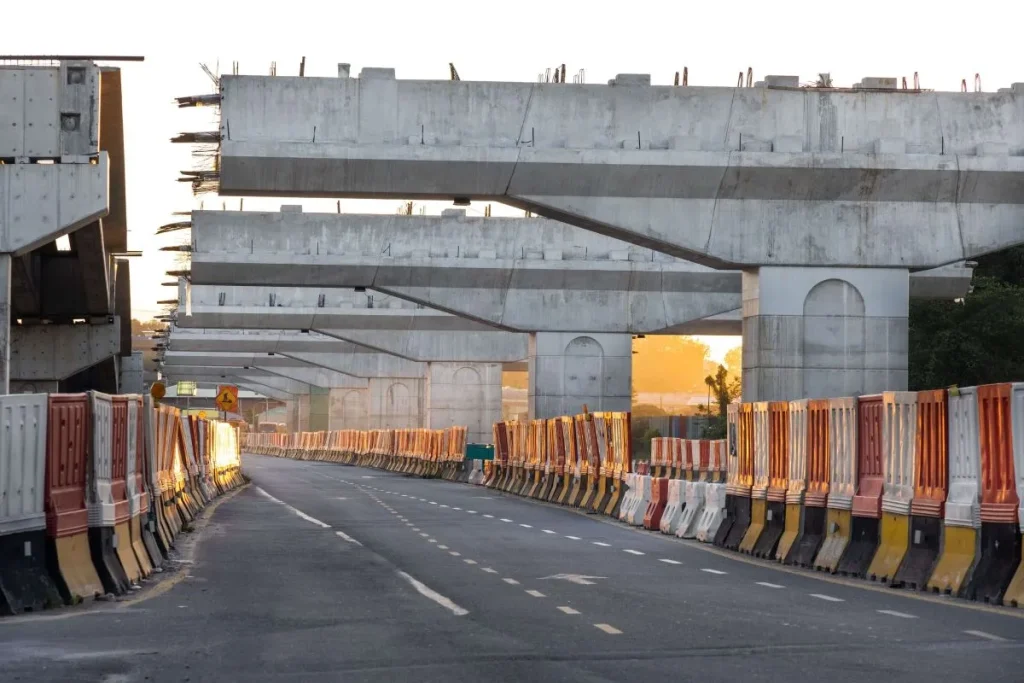
Profiting from the infrastructure boom in the real estate market by making wise investments can be very profitable. As governments throughout the world place a high priority on infrastructure development to facilitate urbanization and economic growth, astute investors are jumping at the chance to purchase real estate in areas with expanding infrastructure.
Significant returns can be obtained from strategic investments made in places that are undergoing major infrastructure upgrades, such as new public transportation systems, highways, and transportation hubs.
In addition to raising property values, these investments draw in businesses, residents, and amenities, resulting in the development of thriving, interconnected communities. Investors can take the lead in developing real estate hotspots and profit from the long-term demand and appreciation sparked by better connectivity and accessibility by supporting infrastructure development initiatives.
Public-Private Partnerships (PPPs): Collaborative Models for Infrastructure Development and Investment
A collaborative approach to infrastructure development and investment, public-private partnerships (PPPs) combine the resources and knowledge of the public and private sectors to meet infrastructure needs. PPPs have a number of benefits, such as cost-effectiveness, innovation, risk-sharing, and quicker project completion. Governments and private organizations collaborate to finance, develop, run, and maintain infrastructure projects in a variety of sectors, including energy and transportation as well as healthcare and education. The public sector provides regulatory oversight, land acquisition, and occasionally initial funding, while the private sector contributes capital, technical know-how, and efficient project delivery. These partnerships capitalize on the strengths of each sector.
Real Estate Investment Trusts (REITs) in Southeast Asia’s Property Market
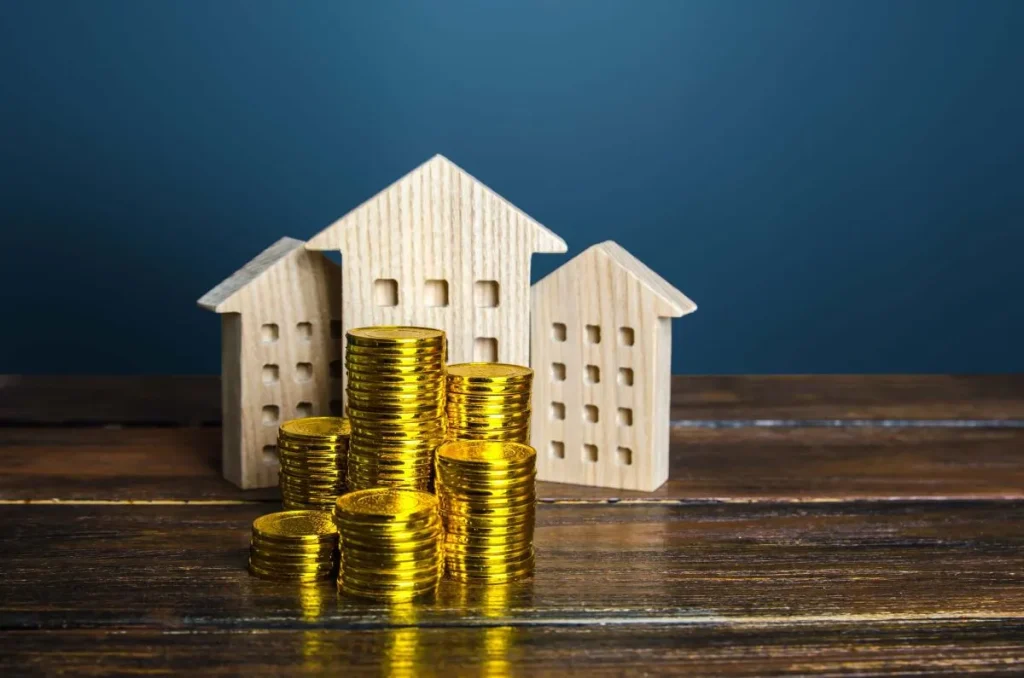
Investors can easily and effectively get exposure to real estate assets without taking direct ownership through Real Estate Investment Trusts (REITs). In order to buy, manage, and run properties that generate income, like office buildings, retail centers, and apartment complexes, real estate investment trusts (REITs) combine the funds of several investors. REITs are becoming more and more popular in Southeast Asia because of their potential for capital appreciation, liquidity, and attractive dividend yields. They offer a diversified investment vehicle that gives investors access to a large variety of real estate assets located in various markets and regions.
REITs are governed by regulatory frameworks that support governance and transparency, which boosts investor confidence. As a result, REITs are now essential parts of investment portfolios, giving domestic and foreign investors access to the dynamic real estate market in the region along with consistent income streams and the possibility of long-term growth.
Real Estate Investment Regulations in Southeast Asia
Every Southeast Asian nation has its own set of laws designed to fit its particular political, social, and economic circumstances. A number of goals are intended to be accomplished by these regulations, such as advancing sustainable development, safeguarding investor rights, and promoting transparency. In many Southeast Asian nations, real estate regulations frequently include restrictions on foreign ownership. These regulations are meant to strike a balance between the need to protect national interests and preserve socioeconomic stability and the influx of foreign investment. Land use zoning laws also set restrictions on how properties can be used and developed, which have an impact on things like infrastructure development, urban planning, and environmental preservation.
With different taxes levied on capital gains, rental income, and property transactions, tax policies also have a big impact. In order to maintain professionalism, moral behavior, and consumer protection in the sector, license requirements for developers, real estate brokers, and property managers are also strictly enforced. Investors and developers must adhere to these regulatory frameworks in order to successfully negotiate the complexities in the real estate market of Southeast Asia.
Opportunities and Challenges in Southeast Asia’s Countryside
Southeast Asia’s countryside offers both opportunities and challenges for development and investment. The rural areas of the region present a wealth of natural resources, picturesque landscapes, and a rich cultural heritage. These attributes present opportunities for eco-tourism, agricultural endeavors, and sustainable development initiatives. Infrastructural development, the installation of renewable energy sources, and the construction of affordable housing projects all have the potential to improve rural residents’ quality of life and connectivity.
To fully realize the potential of rural Southeast Asian areas, however, will require overcoming obstacles like poor infrastructure, restricted access to necessities, problems with land tenure, and environmental degradation. Governments, stakeholders in the private sector, and local communities must work together to implement inclusive and sustainable development strategies that leverage the special qualities of rural areas, reduce risks, and safeguard the area’s natural and cultural heritage for future generations in order to address these issues.


